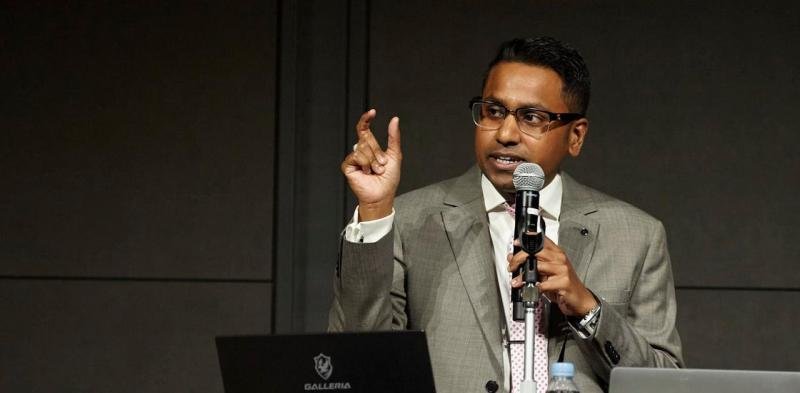India negotiates with NVIDIA for subsidised GPU access to enhance national AI infrastructure
India is currently in talks with NVIDIA, a leading chip manufacturer, to secure graphics processing units (GPUs) and Neural Processing Units (NPUs) for use within the country.
NVIDIA holds a substantial share of the global GPU market. The demand for NVIDIA's GPUs, especially the H100 chips, is high worldwide as countries and companies seek to enhance their AI computing capabilities.
The government plans to offer these chips at subsidised rates to local startups, researchers, academic institutions, and other stakeholders to strengthen the AI infrastructure across India.
This initiative, estimated to cost around ₹10,000 crore, is in the preliminary stages. According to The Economic Times, a decision is anticipated after the 2024 general elections.
The cost and scarcity of GPUs pose significant challenges, particularly for startups. For instance, NVIDIA’s H100 GPUs are priced around $50,000 each, while the newer Blackwell cards cost about $40,000.
A basic AI data centre capable of running existing AI models requires at least 100 to 300 GPUs. More extensive setups, which can create and train large language models, may need between 5,000 and 10,000 GPUs.
In March, the Union Cabinet approved a ₹10,372-crore initiative for India’s AI Mission aimed at deploying 10,000 GPUs through public-private partnerships under the rent-and-sublet model.
AI startups and industry leaders in India have urged the government to invest in computing power to boost the country's competitiveness in the global AI landscape.
Notable investor Rajesh Sawhney (@rajeshsawhney) expressed support on X (formally Twitter):
"India - Nvidia Partnership. I welcome the plan of Indian Govt to buy Nvidia GPUs worth Rs 10000 Cr and offer them to Indian startups, researchers, academic institutions, and other users at a subsidised rate.
This will boost local AI research and ecosystem. NO GPUs NO AI. There is a severe shortage of Nvidia GPUs and Nvidia is rationing its existing inventory and boosting production to meet surge and unprecedented demand for its GPUs."









